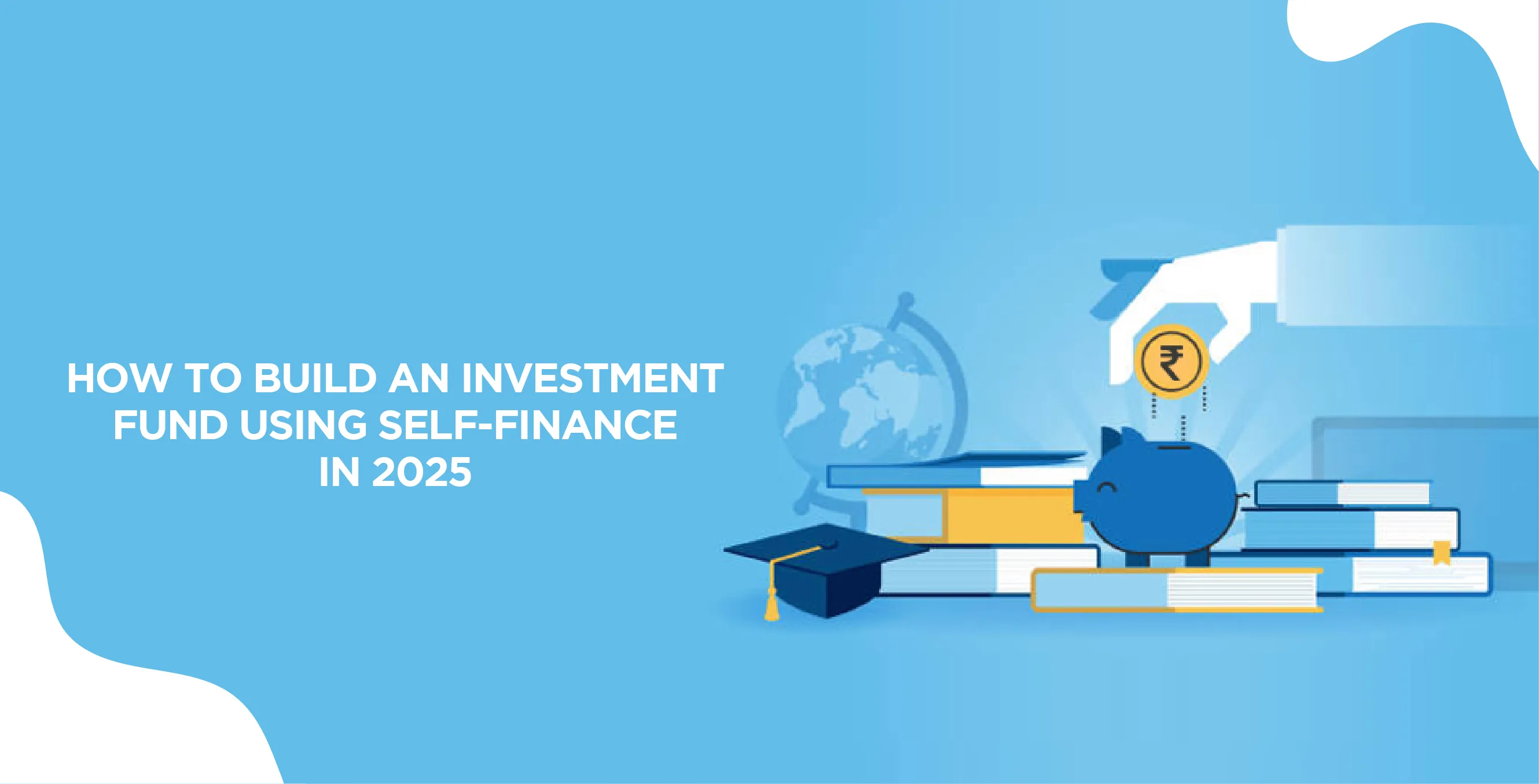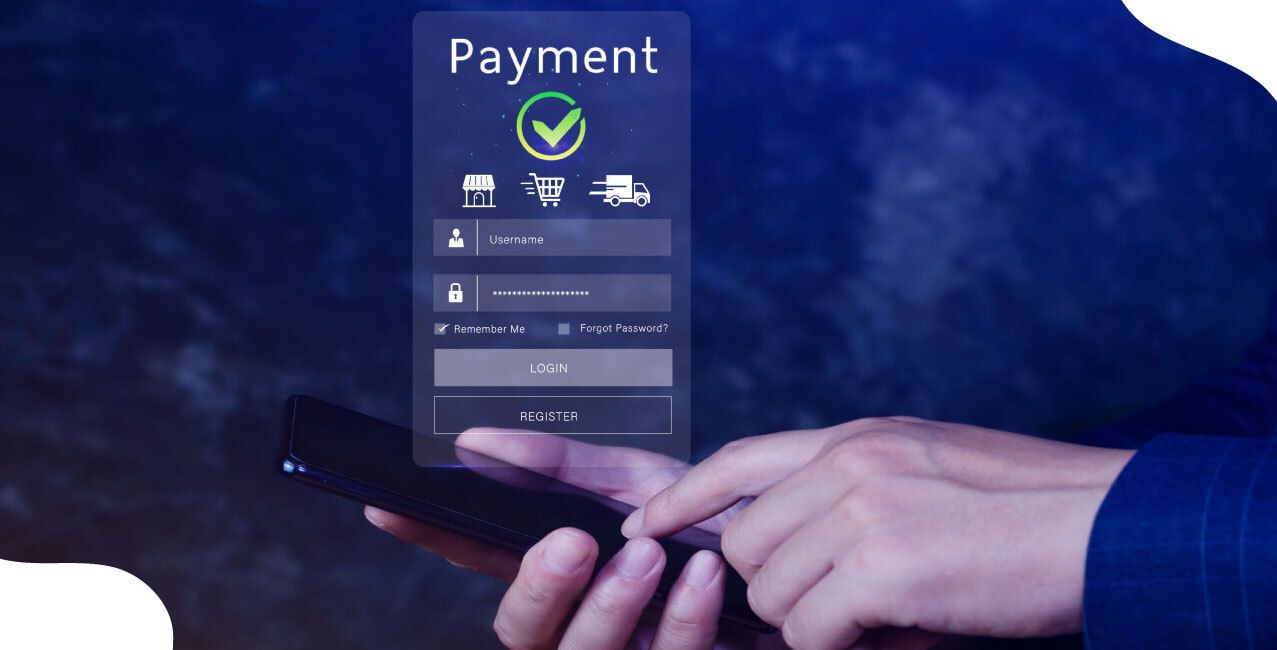
Author
LoansJagat Team
Read Time
5 Min
20 May 2025
How to Build an Investment Fund Using Self-Finance in 2025
In 2025, Ramesh, a 35-year-old schoolteacher from Kochi, decided to take control of his financial future. With a modest monthly salary of ₹45,000, he began setting aside ₹5,000 each month into a mutual fund through a Systematic Investment Plan (SIP).
He aimed to build an investment fund to support his daughter's higher education in the next 10 years. By consistently investing, he aimed to accumulate over ₹10,00,000, assuming an average annual return of 12%.
Ramesh's approach mirrors a growing trend among Indian investors. As of March 2025, the mutual fund industry's Assets Under Management (AUM) reached ₹65.74 lakh crore, marking a 23.11% increase from ₹53.40 lakh crore in March 2024.
This surge indicates a shift towards self-financing investment strategies. Moreover, the Securities and Exchange Board of India (SEBI) is promoting monthly investments as low as ₹250 to make equity investing more accessible across the country.
Understand What an Investment Fund Is
When people talk about saving and growing money, the term “investment fund” comes up quite a bit. But what is it? If you feel confused, don’t worry – many others feel the same. An investment fund is a pool of money collected from many people.
Read More – Top Self-Finance Myths Debunked: What You Need to Know in 2025
A manager handles this money and invests it in shares, bonds, or other assets. The goal is to grow that money over time and give returns to investors. It’s like many people putting their money in a big pot, and an expert uses
it to try and make more money for everyone.
- You can start investing in a fund with small amounts, like ₹5,000.
- The fund manager makes decisions based on market research and data.
- If the market performs well, you may get more returns. If it goes down, you may also lose money.
- There are different kinds of funds: equity funds (for shares), debt funds (for loans and bonds), balanced funds (mix of both), and more.
- You don’t need to be a market expert. The fund manager takes care of buying and selling.
- Your investment's value fluctuates daily, depending on its Net Asset Value (NAV).
- In most cases, you can withdraw your money whenever you need it, but check the rules of your fund first.
Define Your Financial Goals and Fund Purpose
Before putting your hard-earned money into any fund, you must know why you’re investing. Are you saving for your child’s education? Planning to buy a home? Or thinking about retirement? Setting clear goals will help you choose the right type of fund and decide how long you should stay invested. It gives direction to your money.
Short-Term vs Long-Term Goals
Short-term goals can be things like buying a bike or going on a holiday within 1–2 years. Long-term goals are like saving for your child’s college or your retirement after 15–20 years. You can pick different funds for each goal.
Example:
Goal Type | Time Frame | Suggested Fund Type |
Bike Purchase | 1 year | Liquid or Ultra Short Fund |
Child’s College | 15 years | Equity Fund |
How Much Money Do You Need?
Be clear about the amount you need. Let’s say you want ₹10,00,000 for your daughter’s college fees in 10 years. You can use an online calculator to find out how much you need to invest every month to reach that amount.
If you invest ₹5,000 every month in a fund that gives 12% returns annually, you can collect over ₹11,50,000 in 10 years.
Link Each Goal With One Investment
Keep it simple. One goal = one fund. If your retirement goal is linked with a pension fund, don’t mix it with your emergency savings. This helps in tracking and managing better.
Be Realistic
Don’t expect your money to double overnight. If someone says they can do that, be careful. Good returns usually come over time, not immediately.
Adjust Goals With Life Changes
Let’s say you planned for a car in 3 years, but now you want a home instead. It’s okay to change plans. Just shift your investment and timeline accordingly.
Assess Your Current Financial Health
Before investing, look at where you stand now. Just like a doctor checks your health before treatment, you should check your financial health before deciding your investment steps. This helps avoid surprises later.
Know Your Income and Expenses
Make a simple monthly budget. Check how much comes in and how much goes out.
Sample Table:
Monthly Item | Amount (₹) |
Salary | ₹60,000 |
Rent | ₹15,000 |
Groceries & Essentials | ₹8,000 |
Transport & Fuel | ₹3,000 |
Other Expenses | ₹4,000 |
Savings | ₹5,000 |
Leftover (Investable) | ₹25,000 |
Once you see this clearly, you’ll know how much you can invest monthly.
Do You Have Any Loans?
Suppose you’re paying a car loan of ₹7,000 per month. Or maybe a personal loan. You need to consider these while planning your investment amount. You don’t want to invest ₹10,000 and then struggle to pay EMIs.
Have Emergency Savings
Before investing in funds, keep some money for emergencies. Ideally, this should be 3 to 6 months of your monthly expenses. So, if your monthly spend is ₹30,000, aim for ₹90,000 to ₹1,80,000 in a savings account or liquid fund.
Check Your Insurance Cover
Are you covered in case of sudden illness or accident? Health and life insurance help you avoid breaking your investments for emergencies. Many people skip this step and regret it later.
Know Your Risk Level
Can you handle the ups and downs in your investment? If market falls make you panic, avoid high-risk funds.
Young people can usually take more risk because they have time to recover losses, while older investors may prefer safer funds.
Create a Self-Financing Strategy
Starting an investment fund with your own money requires a clear plan. It's about setting aside a portion of your income regularly and investing it wisely. This approach ensures that you're not relying on loans or external funding, reducing financial stress and risk.
- Set a Monthly Savings Target: Decide on a fixed amount to save each month, like ₹5,000.
- Automate Your Savings: Use auto-debit features to transfer money to your investment account automatically.
- Cut Unnecessary Expenses: Review your spending and eliminate non-essential costs.
- Increase Savings with Income Growth: As your income rises, increase your savings proportionally.
- Utilise Bonuses and Windfalls: Allocate a portion of any extra income, like bonuses, to your investment fund.
- Avoid High-Interest Debt: Steer clear of credit card debts and personal loans that can hinder your savings.
- Track Your Progress: Regularly monitor your savings and investment growth to stay motivated.
Sample Monthly Budget to Support Your Investment Strategy:
Category | Amount (₹) |
Salary (Income) | ₹45,000 |
Rent | ₹10,000 |
Groceries & Utilities | ₹8,000 |
Transport | ₹2,000 |
Other Essentials | ₹5,000 |
Savings & Investments | ₹10,000 |
Emergency Fund | ₹5,000 |
Leftover | ₹5,000 |
Choose the Right Investment Vehicles for Your Fund
Selecting suitable investment options is crucial for growing your fund. Different instruments offer varying returns and risks. Understanding these can help you make informed decisions.
Mutual Funds
Mutual funds pool money from multiple investors to invest in stocks, bonds, or other assets. Professional fund managers manage them. For instance, investing ₹5,000 monthly in a mutual fund with a 12% annual return can grow to over ₹10,00,000 in 10 years.
Public Provident Fund (PPF)
PPF is a government-backed savings scheme with a 15-year lock-in period. It offers tax benefits and a fixed interest rate. Investing ₹1,50,000 annually can yield around ₹40,68,209 after 15 years at an 8% interest rate.
Recurring Deposits (RDs)
RDs allow you to deposit a fixed amount monthly, earning interest over time. They are low-risk and suitable for short-term goals. For example, saving ₹2,000 monthly in an RD at a 6% interest rate can accumulate ₹1,25,000 in 5 years.
Equity-Linked Savings Scheme (ELSS)
ELSS are mutual funds that invest primarily in equities and offer tax deductions under Section 80C. They have a 3-year lock-in period. Investing ₹1,00,000 annually can provide significant tax savings and potential high returns.
Fixed Deposits (FDs)
FDs are a safe investment option where you deposit a lump sum for a fixed tenure at a predetermined interest rate. For instance, a ₹1,00,000 FD at a 7% interest rate for 5 years will yield ₹1,40,255 at maturity.
Comparison of Common Investment Options (for ₹1,00,000 Investment):
Investment Type | Lock-in Period | Estimated Returns (5 yrs) | Risk Level | Tax Benefits |
Mutual Funds (SIP) | No (open-ended) | ₹1,76,000 (at 12% annual) | Moderate-High | No (unless ELSS) |
PPF | 15 years | ₹2,03,000 (at 8%) | Very Low | Yes (80C) |
RD | Flexible | ₹1,40,000 (at 6%) | Low | No |
ELSS | 3 years | ₹1,80,000 (at 12%) | High | Yes (80C) |
FD | 5 years | ₹1,40,255 (at 7%) | Very Low | Partial |
Set Up a Legal and Structural Framework
A proper legal structure ensures your investment fund operates smoothly and complies with regulations. It also provides clarity and protection for your investments.
Choose the Right Business Structure
Decide whether to operate as a sole proprietorship, partnership, or private limited company. Each has its own legal implications, tax obligations, and operational complexities. For example, a private limited company offers limited liability but requires more compliance.
Register Your Entity
Register your chosen business structure with the appropriate government authorities. This includes obtaining necessary licences and adhering to regulatory requirements. Proper registration legitimises your fund and builds trust with investors.
Open a Dedicated Bank Account
Maintain a separate bank account for your investment fund to ensure precise financial tracking. This separation simplifies accounting and tax filing processes.
Also Read - How to Build Wealth from Scratch Using Self-Finance in 2025
Maintain Accurate Records
Keep detailed records of all financial transactions, investments, and communications. This documentation is essential for transparency, auditing, and resolving any disputes.
Comply with Tax Regulations
Understand and adhere to tax obligations related to your investment activities. This includes filing returns, paying applicable taxes, and staying updated with any changes in tax laws. Consulting a tax professional can help ensure compliance.
Conclusion
Building an investment fund using self-finance in 2025 may sound difficult at first, but it’s very much doable with a clear goal, steady savings, and smart choices. You don’t need huge capital to begin, even ₹500 or ₹5,000 per month can be a good start. What matters is consistency, patience, and tracking your progress.
Like Ramesh, many Indians are now choosing this path for long-term financial freedom. With tools like SIPs, PPFs, and FDs and proper legal steps, you can slowly grow a strong fund that supports your dreams, whether it's your child’s future, your retirement, or buying a home. Start small, stay regular, and let your money work for you.
FAQs
1. Can I start an investment fund even if I earn less than ₹30,000 per month?
Yes, you can. Even ₹500 monthly in a mutual fund SIP is a good start.
2. What if I need the money before my goal period?
Choose liquid or short-term funds for such cases. They allow quicker withdrawals.
3. Is it safe to invest in mutual funds?
There is some risk, but SIPs over long periods generally reduce market ups and downs.
4. Do I need to pay tax on the returns?
Yes, depending on the fund type and holding period. Equity and debt funds have different rules.
5. What is the minimum amount needed to open a PPF account?
Only ₹500 per year is needed to keep a PPF account active.
How to Guides – Investing, Trading & Wealth Building | ||
About the Author

LoansJagat Team
‘Simplify Finance for Everyone.’ This is the common goal of our team, as we try to explain any topic with relatable examples. From personal to business finance, managing EMIs to becoming debt-free, we do extensive research on each and every parameter, so you don’t have to. Scroll up and have a look at what 15+ years of experience in the BFSI sector looks like.

Quick Apply Loan
Subscribe Now
Related Blog Post


